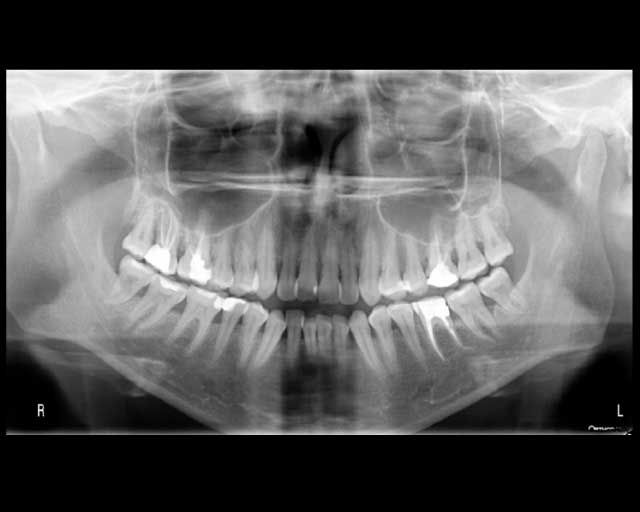Summary
In the modern era of healthcare, digital transformation has touched every corner of the medical industry, and medical imaging is one of the key areas that has seen remarkable progress. Among the many innovations, DICOM Printer 1 plays an essential role in enhancing the way hospitals, diagnostic centers, and clinics handle imaging data. DICOM, which stands for Digital Imaging and Communications in Medicine, is a universal standard that ensures medical devices, imaging software, and hospital information systems can communicate effectively with each other.
DICOM Printer 1 extends this principle by offering a way to print, share, and archive medical images while preserving accuracy, quality, and compliance with healthcare standards. It bridges the gap between digital imaging systems and the physical need for medical reports and visuals, ensuring that patients and physicians can rely on tangible outputs for consultations, record-keeping, and treatment planning.
The Importance of DICOM Printers in Healthcare
Medical professionals often deal with large volumes of imaging data, ranging from X-rays and MRIs to CT scans and ultrasounds. While digital storage and viewing systems are widely adopted, the need for physical prints remains significant in many hospitals and clinics. DICOM Printer 1 addresses this necessity by producing high-quality prints that are fully compliant with DICOM standards, which means they can be used without concerns about formatting errors, missing information, or lack of compatibility.
This reliability is crucial because any deviation in printed medical data can lead to misdiagnosis, delays in treatment, or confusion among healthcare professionals. Furthermore, DICOM printers support the sharing of images across different facilities that may not always have advanced digital infrastructure, making them an essential tool for healthcare systems in developing regions as well as large-scale hospitals in urban centers.
Connectivity and Integration
Modern healthcare facilities rely on a variety of systems to operate smoothly, and seamless integration is vital for efficiency. DICOM Printer 1 offers strong connectivity features that enable it to connect with radiology systems, hospital information systems, and PACS environments without requiring extensive setup or third-party solutions. This allows for quick retrieval of imaging data and immediate printing, reducing waiting times for both patients and staff. Many of these printers also come with secure network protocols, ensuring that sensitive patient data remains protected during the transfer and printing process. By integrating directly into the hospital’s existing digital ecosystem, DICOM Printer 1 eliminates redundancies and creates a smoother workflow for medical imaging professionals.
Print Quality and Accuracy
When it comes to medical imaging, print quality is more than just aesthetics; it can influence diagnostic accuracy and treatment outcomes. DICOM Printer 1 is engineered to deliver prints with exceptional sharpness, clarity, and consistency, ensuring that every line, shade, and gradient is represented precisely as it appears on the digital scan. This level of accuracy is especially important in radiology, oncology, and surgical planning, where the smallest detail may hold critical significance. Additionally, advanced DICOM printers use specialized printing technology that reduces distortion, maintains correct scaling, and ensures uniform output across different images, offering doctors and radiologists complete confidence in the information they are reviewing.
Cost Efficiency and Resource Management
Hospitals and clinics are constantly under pressure to manage costs while maintaining high-quality patient care. DICOM Printer 1 offers cost efficiency by reducing the need for outsourcing imaging prints and by integrating smoothly into existing systems, which cuts down on operational expenses. Its long-lasting components and reliable performance minimize downtime and maintenance costs, making it a smart investment for medical facilities. Moreover, the ability to produce high-quality prints in-house ensures that hospitals can deliver faster service to patients without depending on external vendors, ultimately improving efficiency and patient satisfaction.
Compliance and Data Security
In today’s healthcare environment, compliance with legal and ethical standards is non-negotiable. DICOM Printer 1 ensures compliance by embedding patient information securely into printed images while adhering to international standards such as DICOM and HIPAA. This prevents unauthorized access and maintains confidentiality, which is a top priority for healthcare institutions. Data encryption and secure transmission features also protect sensitive medical information from potential cyber threats during the printing process. This makes DICOM Printer 1 not only a practical tool but also a secure solution for handling patient imaging data.
Applications of DICOM Printer 1
The applications of DICOM Printer 1 extend across a wide spectrum of medical practices. In radiology, it enables accurate printing of X-rays and CT scans, which doctors can use during diagnosis or surgical preparation. In oncology, printed PET scans and MRI images are essential for tracking tumor growth and planning treatment strategies. In orthopedics, detailed images of bones and joints help surgeons plan interventions with precision. Beyond hospitals, DICOM Printer 1 is also used in dental clinics, veterinary practices, and research institutions, making it a versatile tool across the healthcare landscape.
Role in Remote and Developing Regions
Not all healthcare facilities have the infrastructure to manage fully digital imaging workflows. In remote or developing regions, physical prints still play a crucial role in patient care. DICOM Printer 1 provides a solution by allowing medical professionals to create high-quality prints that can be easily shared, transported, or archived without relying on advanced digital systems. This ensures that patients in underserved areas receive accurate diagnoses and effective treatment, bridging the healthcare gap created by technological limitations.
Future of DICOM Printers in Healthcare
As healthcare technology continues to evolve, the future of DICOM Printer 1 and similar devices looks promising. With the growing use of AI in medical imaging, printers will likely integrate advanced features such as automated report generation, AI-based image analysis, and enhanced patient data handling. Eco-friendly printing solutions may also become a standard, reducing the environmental impact of healthcare operations. Furthermore, advancements in 3D printing may allow DICOM printers to expand their capabilities, creating physical models of anatomical structures for surgical training and planning. DICOM Printer 1 represents the foundation for these advancements, highlighting the ongoing importance of medical imaging in patient care.


